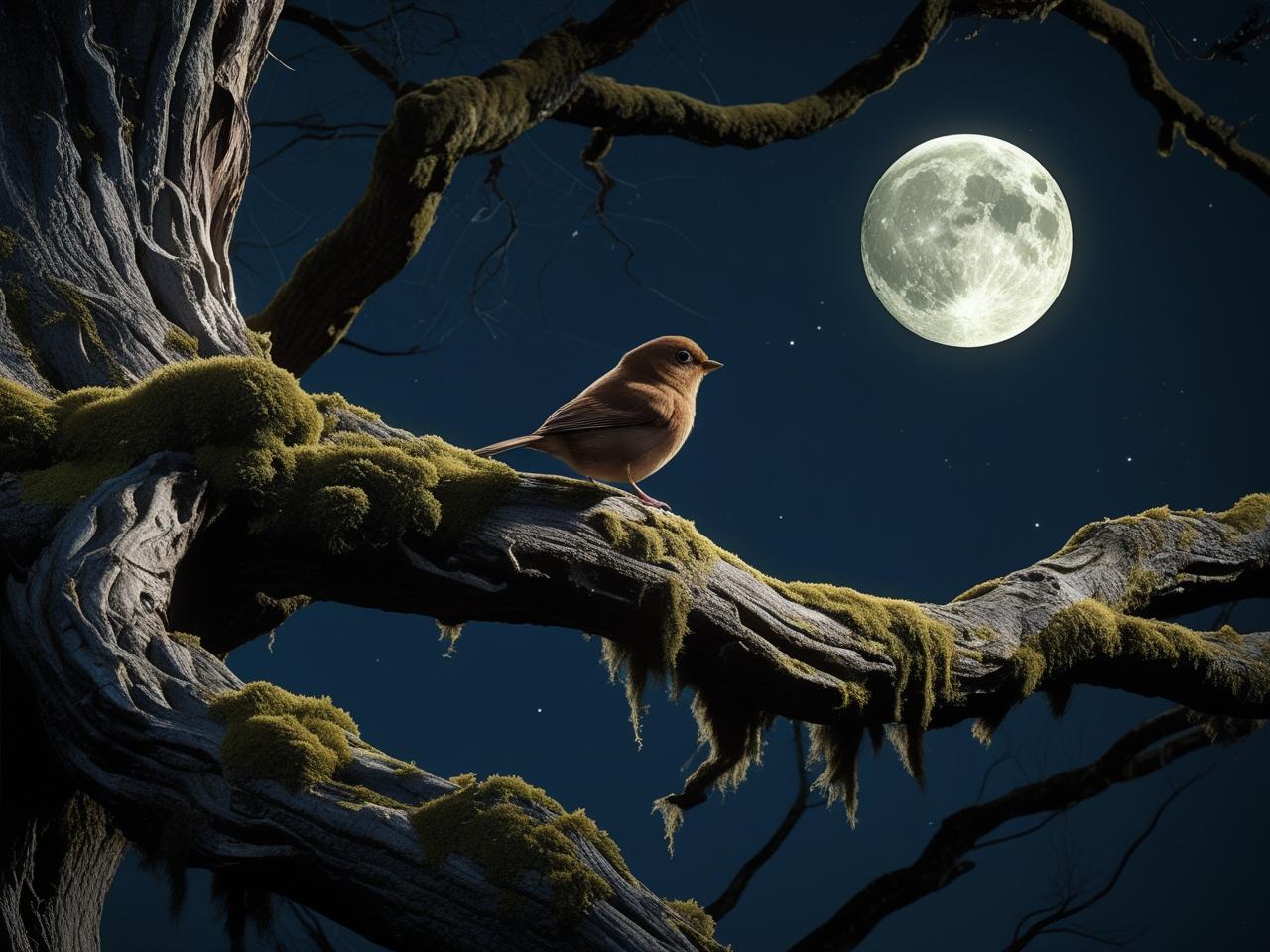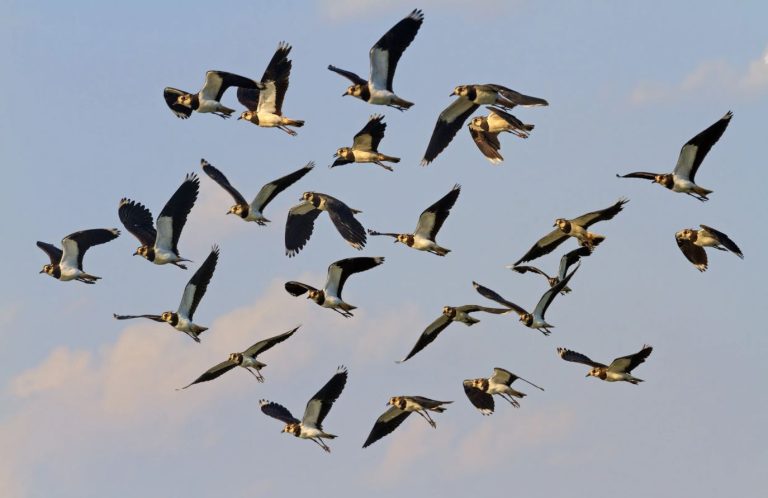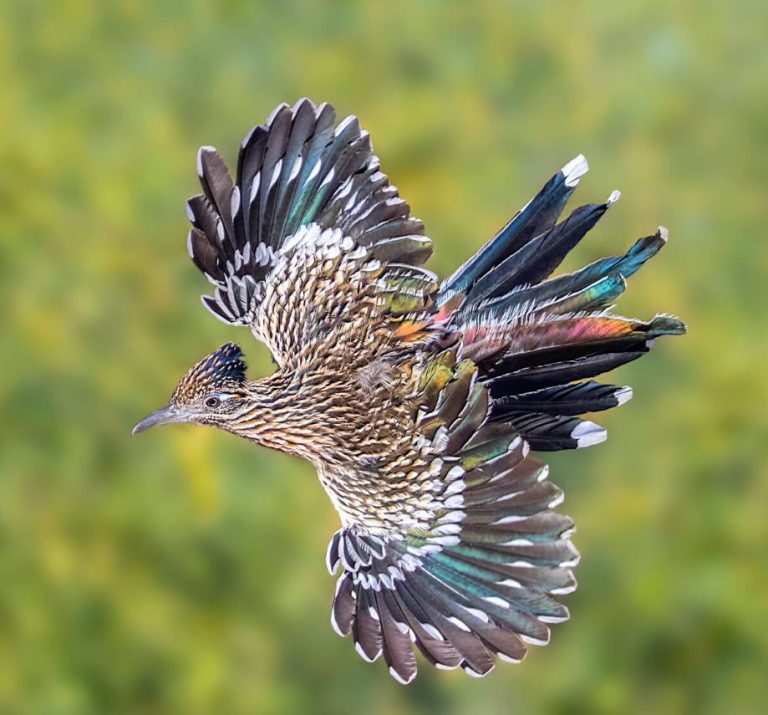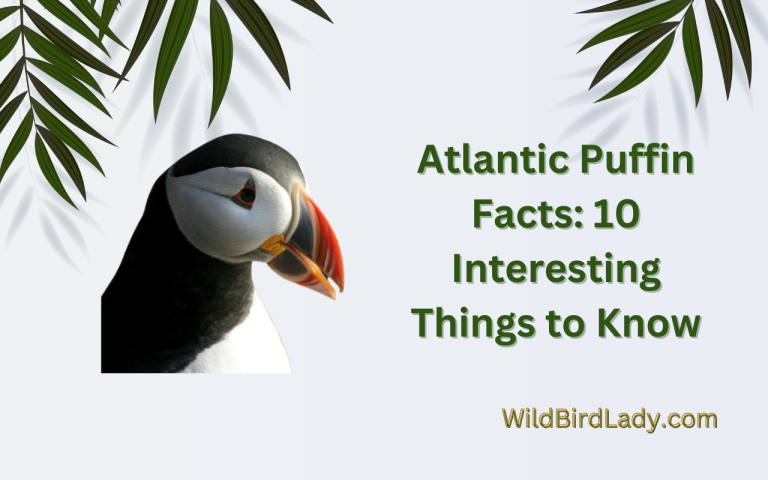Can Birds See in the Dark? Understanding Nocturnal Vision in the Avian World
One crisp winter evening, I stood quietly along the edge of a woodland trail near San Diego. As the last rays of sunlight dipped behind the hills, the forest fell into an eerie hush—until a sudden, ghostly flutter passed overhead. A Barn Owl, silent as moonlight, swooped low over the trail. It made me pause and ask a question many birdwatchers eventually wonder: Can birds see in the dark?
The short answer is yes—but with fascinating complexity. Birds’ ability to see in the dark varies greatly by species, depending on their behavior, habitat, and evolutionary needs. From the laser-sharp vision of owls to the subtle night-navigation skills of songbirds, avian eyes are finely tuned instruments shaped by millions of years of adaptation.
In this guide, we’ll explore how bird vision works in low light, which species see best at night, and how modern science is uncovering surprising insights into how birds perceive the world after dark.
How Bird Vision Works: A Quick Primer
Before we dive into night vision specifically, let’s look at how bird vision functions in general.
Birds rely heavily on sight. In fact, most birds have better visual acuity than humans. According to the Cornell Lab of Ornithology, many birds can detect movement and detail at distances far beyond our own abilities. Their eyes are large relative to their body size and often positioned to give them a wide field of view—critical for spotting predators or prey.
Key components of avian vision:
- Rods and cones: Rods detect low light; cones detect color and detail.
- Fovea: A dense region of cones that provides sharp central vision.
- Oil droplets: Found in the cone cells of birds, enhancing color discrimination.
- Nictitating membrane: A transparent third eyelid for protection and moisture.
Now that we’ve covered the basics, let’s address the question directly.
Can Birds See in the Dark?
The answer is yes, but not all birds see equally well in the dark. It depends largely on:
- The number of rod cells in their retinas
- Their activity cycle—whether they are diurnal (day-active), crepuscular (active at dawn/dusk), or nocturnal (night-active)
- Special adaptations, like facial disks or tapetum lucidum (reflective eye layers)
Let’s examine the major categories.
Nocturnal Birds: Masters of the Night
Birds that are active at night, like owls, have evolved extraordinary visual adaptations for darkness.
How do owls see so well at night?
According to research published in the Journal of Comparative Physiology A (2012), owl eyes contain an extremely high concentration of rod cells, which are responsible for detecting light and motion in dim conditions.
Other adaptations include:
- Large eye size: Owl eyes are so large they can’t rotate; instead, the bird rotates its head up to 270 degrees.
- Tubular eye shape: Helps gather and focus light, like a telephoto lens.
- Facial disks: These feathered “radar dishes” help funnel sound to their ears, but also reflect light toward the eyes.
Interestingly, owls lack a tapetum lucidum—the reflective layer found in cats and dogs that creates the “eyeshine” effect. They rely purely on light sensitivity rather than reflection.
Species with excellent night vision:
- Barn Owl
- Great Horned Owl
- Eastern Screech-Owl
- Northern Saw-whet Owl
If you’ve ever seen one of these birds in flight on a moonless night, you’ve witnessed the power of specialized night vision in action.
Diurnal Birds: Limited but Surprising Night Perception
Most birds are diurnal, meaning they are active during daylight. But this doesn’t mean they’re blind at night.
In fact, studies suggest many diurnal birds retain some ability to navigate in low light, particularly during migration.
According to a 2020 study in Current Biology, songbirds like warblers and thrushes migrate at night using a combination of:
- Star patterns
- Earth’s magnetic field (magnetoreception)
- Visual landmarks visible under moonlight or starlight
To support this, these birds have a moderate level of rod cells—enough for basic low-light navigation, though not sufficient for hunting or foraging like owls.
Examples of diurnal birds that fly at night:
- Swainson’s Thrush
- Blackpoll Warbler
- Common Nighthawk (technically crepuscular, but often migrates after sunset)
So yes, many diurnal birds can see in the dark—just not with the clarity or detail of their nocturnal cousins.
Crepuscular Birds: Dawn and Dusk Specialists
Some species thrive in the twilight hours, when light is dim but not fully dark. These birds have balanced visual systems adapted for low ambient light.
Common crepuscular birds include:
- American Woodcock
- Common Nighthawk
- Wilson’s Snipe
These species exhibit intermediate rod density, giving them a competitive edge during early morning or late evening hours when predators are less active.
Fun fact: The Common Nighthawk is not actually a hawk. It’s a member of the nightjar family—a group known for their cryptic plumage and silent flight at dusk.
Can Birds Navigate in Complete Darkness?
Here’s where things get even more interesting.
Birds don’t rely solely on vision to navigate. They also use:
- Magnetoreception: Detecting Earth’s magnetic field via specialized cells (possibly in their beaks or eyes)
- Olfaction: Yes, some birds, like homing pigeons, use smell for navigation
- Auditory landmarks: Like rushing rivers or coastline noise
So even in complete darkness, many species can orient themselves with surprising precision. That’s why millions of songbirds take to the skies during spring and fall migration nights—despite having only modest low-light vision.
Do Birds See Color at Night?
Most nocturnal birds do not perceive color in the dark. Rod cells (which dominate their retinas) do not detect color—they’re designed for light sensitivity.
However, many diurnal birds have exceptional color vision during the day. For example:
- Hummingbirds can see into the ultraviolet spectrum.
- Pigeons may have better color discrimination than humans.
At night, color perception in birds drops dramatically—even for those with strong daytime color vision.
What About Backyard Birds—Can They See at Night?
If you’ve ever heard Northern Cardinals singing under a streetlight at 3 a.m. or seen a Mourning Dove fluttering around at dusk, you’re not alone. Some backyard birds extend their activity windows in response to artificial light.
This phenomenon is known as ALAN (Artificial Light At Night), and it can:
- Disrupt sleep cycles
- Cause earlier dawn choruses
- Shift foraging patterns
According to the National Audubon Society, light pollution has become a growing concern in urban ecology, altering bird behavior in subtle but significant ways.
So while backyard birds aren’t “night owls,” they may be more active in the dark than we think—especially in lit environments.
Summary Table: Can Birds See in the Dark?
| Bird Type | Night Vision Ability | Key Adaptations | Example Species |
|---|---|---|---|
| Nocturnal | Excellent | High rod density, large eyes, facial disks | Barn Owl, Great Horned Owl |
| Diurnal | Limited | Some rod cells, migratory orientation | Thrushes, Warblers |
| Crepuscular | Moderate | Adapted for twilight, good motion detection | Common Nighthawk, Woodcock |
| Backyard Birds | Limited | Use artificial light for navigation or singing | Cardinals, Doves |
Frequently Asked Questions (FAQ)
Q: Do birds see better than humans at night?
A: Only nocturnal birds like owls have superior night vision. Most diurnal birds see worse than humans in complete darkness.
Q: Can birds see in total darkness?
A: No. Vision requires some light. However, birds can use other cues like magnetic fields and sound to navigate in full dark.
Q: Why do some birds fly at night if they can’t see well?
A: Nocturnal migration reduces predation and turbulence. Birds rely on non-visual cues like stars and Earth’s magnetism.
Q: Do baby birds need light at night?
A: Most nestlings are tended to by their parents and don’t require light. Excessive light may even disturb natural cycles.
Final Thoughts from the Field
Bird vision is one of nature’s most remarkable systems—precise, adaptive, and surprisingly diverse. Over the years, I’ve watched owls glide silently under starlit skies, heard warblers migrating overhead in darkness, and seen cardinals sing defiantly into the artificial night.
So, can birds see in the dark? Yes, many can—but it depends entirely on who you’re asking.
From a Barn Owl’s laser-focused scan to a swallow’s moonlit flight across continents, bird vision isn’t just about light—it’s about adaptation. It’s a quiet reminder that even in darkness, life finds a way to move forward.







